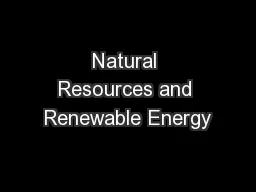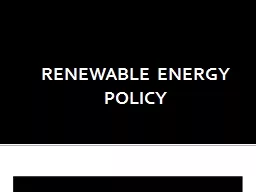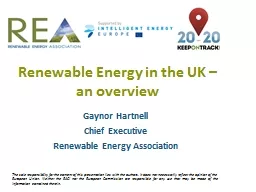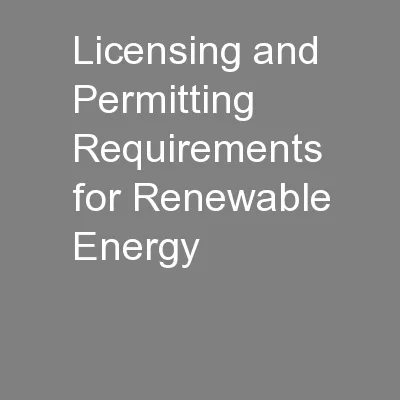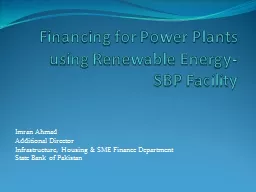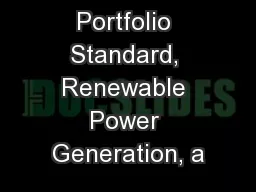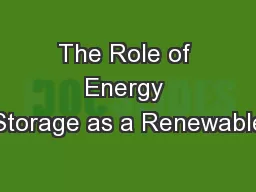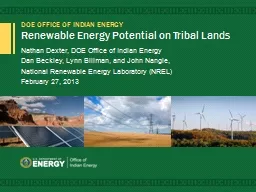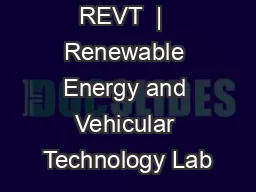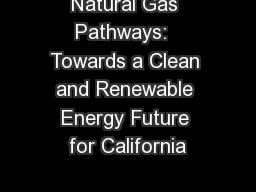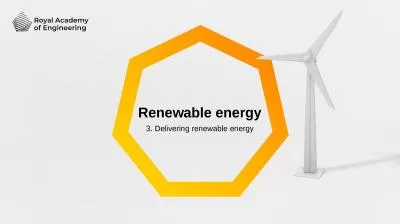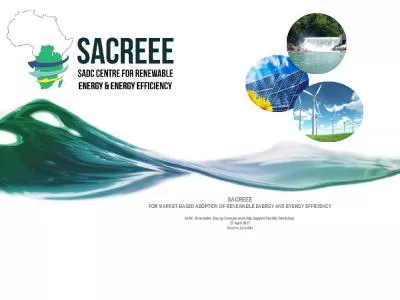PPT-Natural Resources and Renewable Energy
Author : olivia-moreira | Published Date : 2016-06-10
By Mason VanOphem Mitchell Johnson amp Brooklin Lambrecht Hyperlinks US Oil Imports Import Reduction Alternative Energy Wind Energy Solar Energy Hydroelectricity
Presentation Embed Code
Download Presentation
Download Presentation The PPT/PDF document "Natural Resources and Renewable Energy" is the property of its rightful owner. Permission is granted to download and print the materials on this website for personal, non-commercial use only, and to display it on your personal computer provided you do not modify the materials and that you retain all copyright notices contained in the materials. By downloading content from our website, you accept the terms of this agreement.
Natural Resources and Renewable Energy: Transcript
Download Rules Of Document
"Natural Resources and Renewable Energy"The content belongs to its owner. You may download and print it for personal use, without modification, and keep all copyright notices. By downloading, you agree to these terms.
Related Documents

